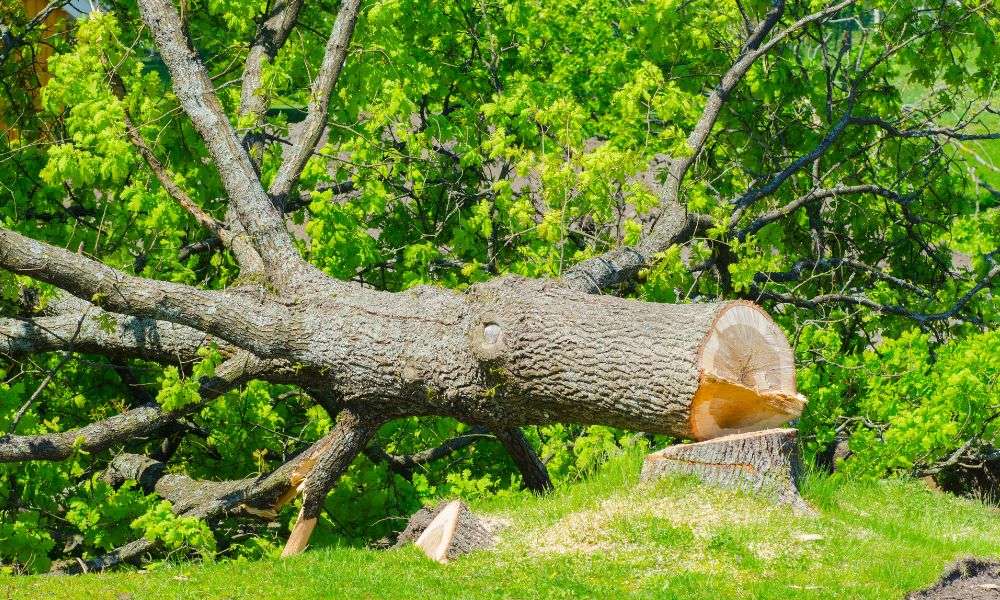Understand the Factors Affecting Tree Cutting Costs
When it comes to maintaining your property's landscape, tree removal is often a necessary but complex task. Understanding the various factors that influence tree cutting costs can help you budget effectively and make informed decisions. Let's explore the key elements that determine the price of tree removal services.

What role does tree size play in cutting costs?
Tree size is one of the most significant factors affecting removal costs. Larger trees require more time, equipment, and labor to cut down safely. The height and trunk diameter are crucial measurements:
-
Small trees (up to 30 feet tall): These are typically the least expensive to remove.
-
Medium trees (30-60 feet tall): Costs increase due to the need for more advanced equipment.
-
Large trees (60-80 feet tall): Removal becomes more complex and time-consuming, increasing the price.
-
Very large trees (80+ feet tall): These require specialized equipment and expertise, commanding the highest prices.
The wider the trunk, the more challenging and time-consuming the removal process becomes, further impacting the cost.
How does tree location affect removal pricing?
The location of a tree on your property can significantly influence the cost of removal:
-
Accessibility: Trees near buildings, power lines, or in tight spaces require more careful maneuvering and may need specialized equipment.
-
Proximity to structures: Trees close to homes or other structures pose higher risks and require more precise cutting techniques.
-
Terrain: Sloped or difficult terrain can complicate the removal process and increase costs.
-
Distance from the road: Trees far from road access may require additional equipment or manpower to transport cut sections.
These factors can increase labor time and the need for specialized tools, thus affecting the overall cost.
What impact do specific tree types have on cutting costs?
Different tree species can present unique challenges that affect removal costs:
-
Hardwood vs. softwood: Hardwood trees like oak or maple are denser and often more expensive to remove than softer woods like pine.
-
Tree health: Diseased or dead trees may be more brittle and unpredictable, requiring extra precautions during removal.
-
Tree shape: Trees with multiple trunks or complex branching structures may take longer to remove safely.
-
Growth rate: Fast-growing trees might need more frequent trimming or removal, impacting long-term costs.
Understanding the specific characteristics of the tree in question can help you anticipate potential cost variations.
What additional services might affect tree cutting prices?
When budgeting for tree removal, consider these additional services that may impact the total cost:
-
Stump removal: Often not included in basic tree cutting quotes, stump grinding or removal is an extra expense.
-
Limb chipping: Converting branches into mulch can be an added service with its own cost.
-
Wood splitting: If you want the trunk split for firewood, this is usually an additional charge.
-
Debris removal: Hauling away tree debris might be a separate line item in your estimate.
-
Emergency services: Urgent removals, especially after storms, typically come with premium pricing.
These services can significantly affect the final bill, so it’s essential to clarify what’s included in your quote.
How do seasonal factors and local regulations influence costs?
Tree cutting costs can vary throughout the year and depending on your location:
-
Season: Winter is often the cheapest time for tree removal due to less foliage and frozen ground, making it easier for equipment access.
-
Local regulations: Some areas require permits for tree removal, adding to the overall cost.
-
Protected species: If your tree is a protected species, special permissions may be needed, potentially increasing costs.
-
Market demand: During peak seasons or after major storms, increased demand can drive up prices.
Always check local ordinances and consider timing when planning tree removal to optimize costs.
What are the average costs for tree cutting services?
Tree cutting costs can vary widely based on the factors we’ve discussed. Here’s a general pricing guide to help you budget:
| Tree Size | Average Cost Range | Factors Affecting Price |
|---|---|---|
| Small (up to 30 ft) | $150 - $400 | Easy access, minimal equipment |
| Medium (30-60 ft) | $400 - $800 | More labor, larger equipment |
| Large (60-80 ft) | $800 - $1,500 | Specialized equipment, longer time |
| Very Large (80+ ft) | $1,500 - $3,000+ | Expert climbers, crane rental possible |
Prices, rates, or cost estimates mentioned in this article are based on the latest available information but may change over time. Independent research is advised before making financial decisions.
Additional services like stump removal can add $100 to $500 to the total cost, depending on the stump size and removal method. Emergency services or removals in difficult locations may increase costs by 25% to 50%.
Understanding these factors affecting tree cutting costs allows you to make informed decisions and budget appropriately for your tree removal needs. Always obtain multiple quotes from certified arborists or tree service professionals to ensure you’re getting a fair price for the specific requirements of your tree removal project.




